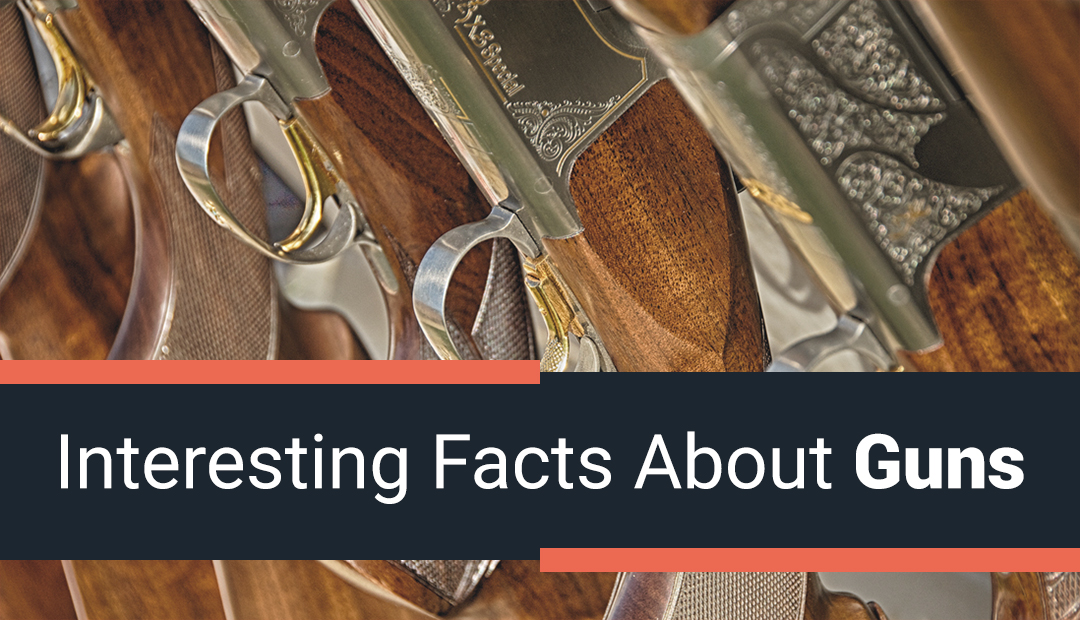
Some interesting facts about guns.
Much of our analogies and metaphors have their roots in gun language. Here are just a few.
- Lock, stock and barrel. These are the 3 components of a firearm.
- Going off half cocked. Up til about 150 years ago, firearms were triggered by flintlocks or percussion caps. To prepare the gun for firing and to prevent accidental discharge, the cock or hammer, was retracted to the halfway position to attach the cap or prime the frizzen. Pulling the trigger on the half cock position would not fire the gun. Hence the phrase going off half cocked.
- Loaded for bear. Mountain men armed with muzzle loaders usually went out with only 1 gun. To exist, every animal was potential dinner meat. So, they often loaded the gun for small game with a smaller powder charge. Should they expect a bear to happen by, they would put a maximum amount of powder in the gun. Hence, loaded for bear.
- The whole 9 yards. The famous Vickers machine gun of the 1st World War was a belt fed fully automatic gun used to defend British positions. The belt laden with 303 British ammunition which came in metal boxes was 9 yards long. So, when invading soldiers approached the order was to give them the whole 9 yards.
- Shotgun approach. Shotguns are firearms that propel multiple spherical projectiles from 1 cartridge. When they leave the barrel, they begin to scatter in a cone shaped pattern. This allows one to hit the target and possibly multiple targets with 1 shot.
- Hangfire. During muzzle loader times, it was often impossible to keep your powder dry and battles were sometimes called off due to inclement weather. Should the firearm’s powder charge become damp, it would delay detonation.
- Pot shot. A shot fired at an object without careful aim.
- Hot shot. Wooden warships were armed with muzzle loading cannons and fired at opposing ships with the object of damaging the ship into submission. Often the order was given to heat up the cannon balls red hot so that if they happened to land on the deck or penetrate the hull, the ship would catch fire.
- Bite the bullet. During the civil war, there was not enough ether to go around in the surgical hospitals so, the patient was given a bullet to clamp down on while the doctors did what they needed to do.

